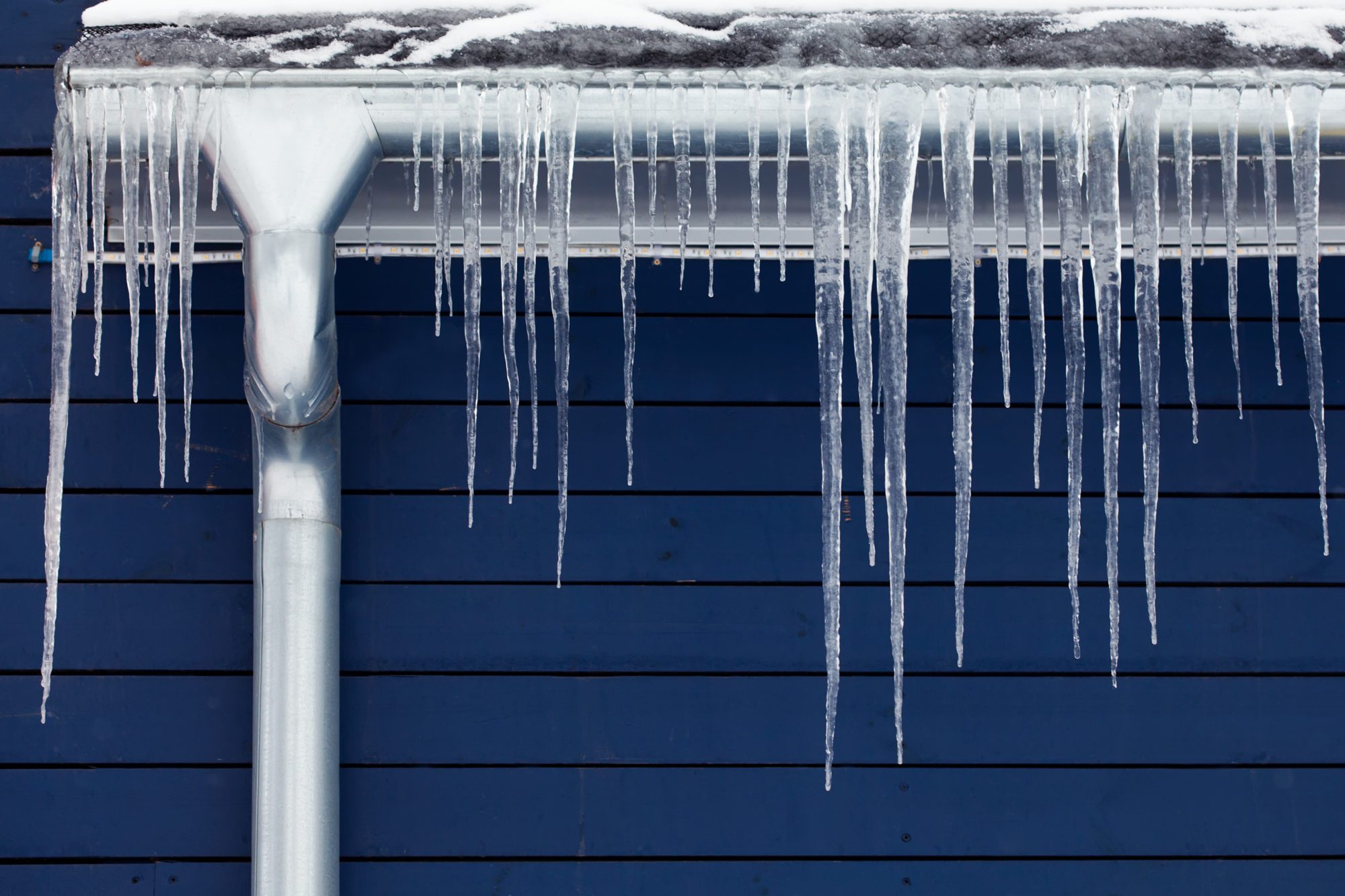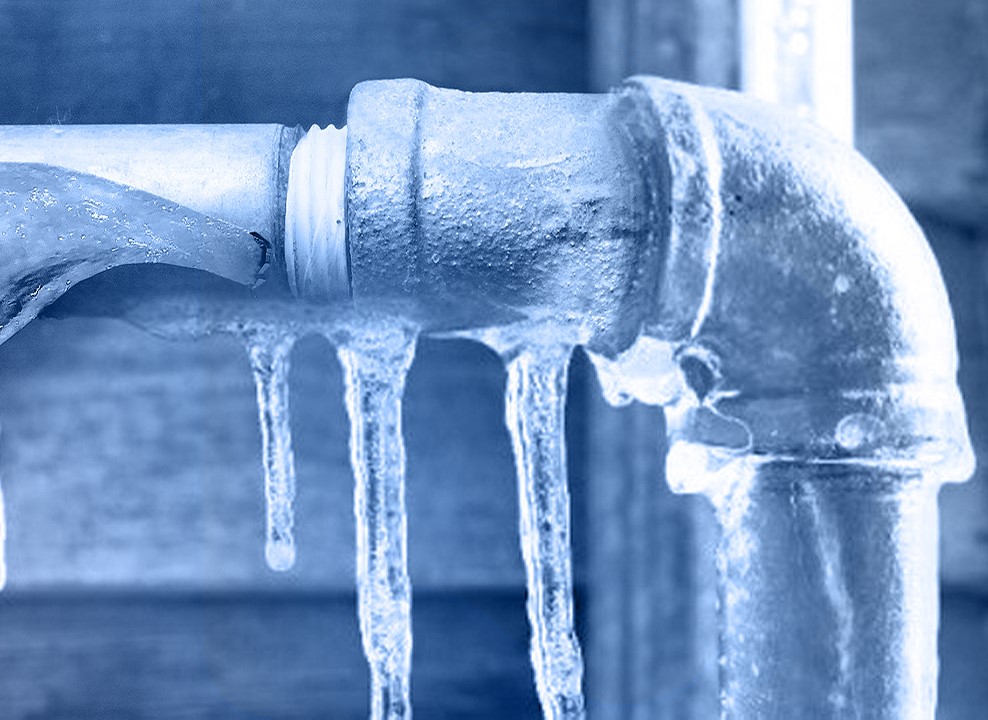Protecting Against Frozen Pipes: Best Methods for Cold Weather
Protecting Against Frozen Pipes: Best Methods for Cold Weather
Blog Article
Everybody has his or her own piece of advice with regards to How to prepare your home plumbing for winter weather.

Cold weather can ruin your pipes, especially by freezing pipes. Here's how to avoid it from happening and what to do if it does.
Introduction
As temperature levels decline, the risk of icy pipelines rises, possibly causing expensive repair work and water damage. Recognizing just how to prevent frozen pipelines is vital for property owners in cold climates.
Recognizing Icy Pipes
What causes pipelines to freeze?
Pipelines freeze when exposed to temperatures listed below 32 ° F (0 ° C) for extended periods. As water inside the pipelines ices up, it expands, taxing the pipeline walls and possibly causing them to burst.
Risks and problems
Frozen pipes can bring about water interruptions, residential property damage, and costly repair work. Ruptured pipelines can flood homes and trigger comprehensive architectural damage.
Indications of Frozen Piping
Determining frozen pipes early can avoid them from rupturing.
Exactly how to identify icy pipelines
Seek lowered water flow from faucets, uncommon odors or sounds from pipes, and noticeable frost on exposed pipelines.
Avoidance Tips
Shielding at risk pipes
Cover pipelines in insulation sleeves or make use of warmth tape to protect them from freezing temperatures. Focus on pipelines in unheated or external locations of the home.
Home heating techniques
Keep indoor rooms appropriately heated, specifically areas with pipes. Open up cabinet doors to enable cozy air to flow around pipes under sinks.
Shielding Exterior Plumbing
Yard hoses and outside faucets
Disconnect and drain pipes garden tubes before wintertime. Mount frost-proof spigots or cover outside faucets with protected caps.
What to Do If Your Pipelines Freeze
Immediate actions to take
If you presume icy pipes, keep taps open up to eliminate stress as the ice melts. Use a hairdryer or towels soaked in warm water to thaw pipelines gradually.
Long-Term Solutions
Structural adjustments
Think about rerouting pipelines far from exterior walls or unheated areas. Add additional insulation to attics, basements, and crawl spaces.
Upgrading insulation
Purchase top notch insulation for pipelines, attic rooms, and wall surfaces. Appropriate insulation assists keep regular temperature levels and lowers the danger of frozen pipes.
Verdict
Avoiding icy pipelines requires proactive measures and quick responses. By recognizing the reasons, indications, and preventive measures, home owners can shield their plumbing during winter.
5 Ways to Prevent Frozen Pipes
Drain Outdoor Faucets and Disconnect Hoses
First, close the shut-off valve that controls the flow of water in the pipe to your outdoor faucet. Then, head outside to disconnect and drain your hose and open the outdoor faucet to allow the water to completely drain out of the line. Turn off the faucet when done. Finally, head back to the shut-off valve and drain the remaining water inside the pipe into a bucket or container. Additionally, if you have a home irrigation system, you should consider hiring an expert to clear the system of water each year.
Insulate Pipes
One of the best and most cost-effective methods for preventing frozen water pipes is to wrap your pipes with insulation. This is especially important for areas in your home that aren’t exposed to heat, such as an attic. We suggest using foam sleeves, which can typically be found at your local hardware store.
Keep Heat Running at 65
Your pipes are located inside your walls, and the temperature there is much colder than the rest of the house. To prevent your pipes from freezing, The Insurance Information Institute suggests that you keep your home heated to at least 65 degrees, even when traveling. You may want to invest in smart devices that can keep an eye on the temperature in your home while you’re away.
Leave Water Dripping
Moving water — even a small trickle — can prevent ice from forming inside your pipes. When freezing temps are imminent, start a drip of water from all faucets that serve exposed pipes. Leaving a few faucets running will also help relieve pressure inside the pipes and help prevent a rupture if the water inside freezes.
Open Cupboard Doors
Warm your kitchen and bathroom pipes by opening cupboards and vanities. You should also leave your interior doors ajar to help warm air circulate evenly throughout your home.

As an enthusiastic reader about How to Prevent Your Pipes From Freezing, I imagined sharing that segment was really useful. Kindly take a moment to promote this article if you enjoyed it. Thanks for your time. Come back soon.
Request Service Report this page